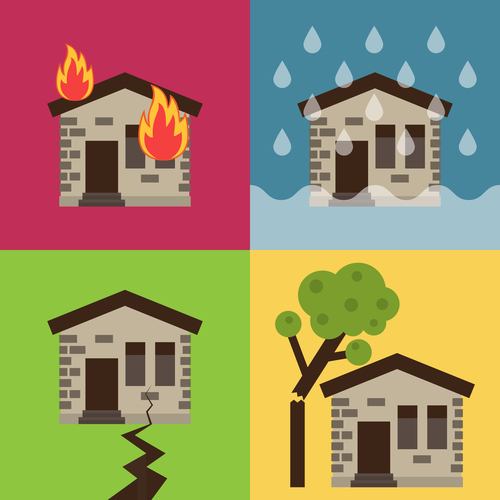3 Trends to Watch in Fire and Water Damage Claims

By: Jared Boyd
Fire claims were the most expensive homeowners claims in 2009-2015, according to a recent study by Travelers. Over the same time period, more property losses resulted from non-weather water claims than weather-related water claims, with 53% of the former involving plumbing-related losses.
Heading into 2017, here are three trends affecting fire and water damage—and how claims will continue to evolve as a result.
1) More natural disasters. The Travelers study also reports that weather was the cause of most homeowners claims in 2009-2015.
Drought is striking regions that haven’t historically experienced it. Non-flood zones are facing 100-year floods. Hailstorms, snowstorms and forest fires are destroying more property and acreage than ever before. And insurance carriers in many states are raising rates to cover the resulting increases in catastrophic losses.
Regardless of the cause, our world is changing, and severe weather will continue to affect insurance. Agents and customers must be prepared for extreme weather events, no matter what their geographic location. In particular, agents have a responsibility to educate their customers about the differences between homeowners coverage for water damage vs. flood coverage—in every part of the country.
2) Rising restoration costs. A variety of factors are driving up the cost of fire and water restoration. In the last decade, homes have gotten smarter—the average American household contains 24 electronic devices.
Electronics are driving up the value of personal assets, but moving forward, expect energy independence to power our demanding lifestyles. If more homeowners adopt solar panels and electric cars, our homes will start to resemble a small utility.
Today’s homes also contain more manmade materials, which can affect personal health before, during and after a restoration. Even though it isn’t covered by homeowners policies, Chinese drywall and formaldehyde laminate flooring require proper protection. With so many choices for materials, we are likely to discover a new health risk regarding asbestos and mold.
Excluding health risk, restoration contractors are now required to work with more diverse materials. This extends the time it takes to restore a property after a covered water or fire event, and can also require multiple specialized contractors—further increasing costs.
Foam insulation, for example, is more expensive to repair, especially after an attic fire. The insulation can be difficult to remove and must be scraped off in small chunks. Often, the homeowner must completely replace the roof and walls. If affected by water damage, foam insulation doesn’t dry the same as other materials and poses a future risk for mold.
The final cause of more expensive restoration? High demand for qualified remediation companies—especially after a natural disaster.
3) Fraud prevention. According to the Coalition Against Insurance Fraud, 50% of homeowners have concerns about hiring a contractor due to poor workmanship, and 36% worry about fraud.
The demand for quality roofers, general contractors and remediation companies is on the rise, leading to imposters and unlicensed companies. Areas affected by a natural disaster are the biggest targets.
To combat this trend, insurance claim networks offer protection and are growing in popularity. What does it take to be approved? Most networks verify the number of years in business, customer satisfaction and proper liability and workers compensation coverage.
Contractor networks not only protect an independent agent and carrier, but create a better customer experience. Confidently recommend a local company to tackle costly fire and water claims. Don’t end up at fault for recommending an inexperienced company to restore and bring order into your customer’s lives.
Jared Boyd is a business development manager at Carpet Tech.










